What’s active listening? You simply close your mouth and let the other person speak. Right?
Not quite. There’s a bit more to it than that.
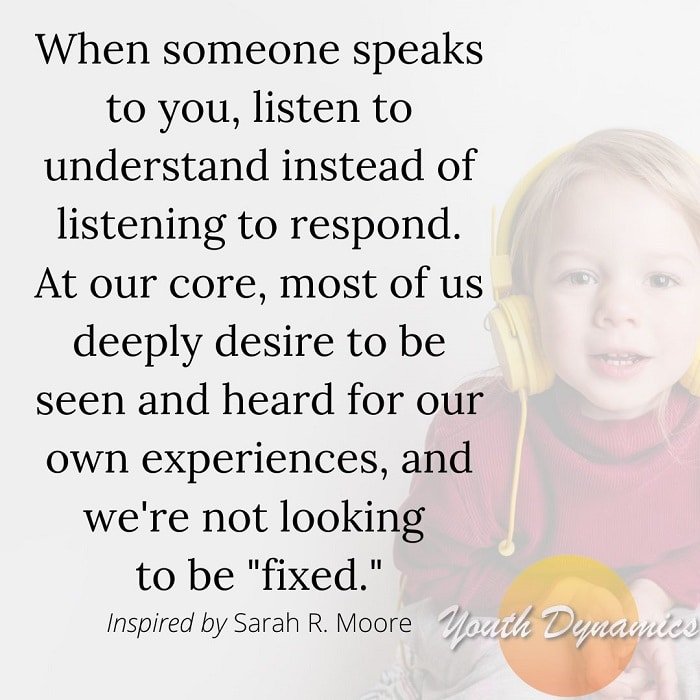
How to Practice Active Listening
Here’s a guide to active listening inspired by the book, The Empathetic Workplace by Katharine Manning, that you can draw on for trauma-informed conversations in and out of the workplace.
Encouragement
Make brief and gentle sounds such as “ahh” & “got it” to encourage the other person to continue their story, ensuring it’s subtle and keeps the focus on them.
Eye contact
Where we focus is what we care about. That said, read the other party—if they refuse to make eye contact, it could signal they are uncomfortable, and you should follow suit.
Mirroring
We mimic the body language of the person we’re speaking with when we are fully engaged. Doing it too much can be creepy, but a subtle nod to it will create ease in a conversation.
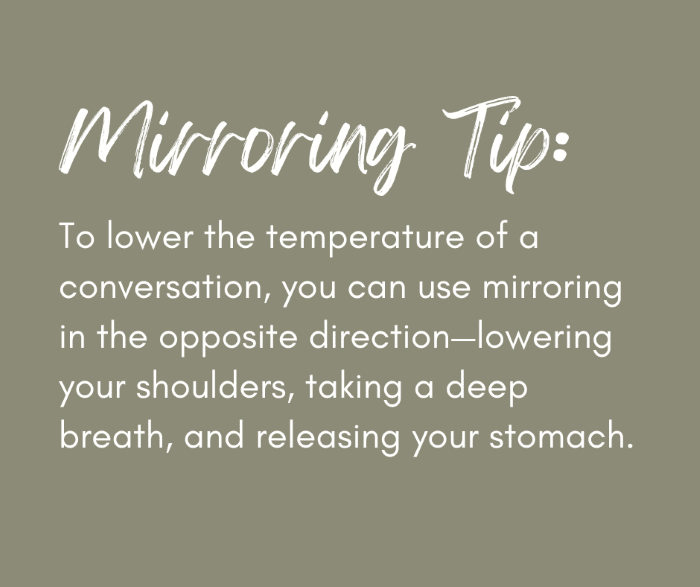
Looping
Repeat what the other person says as closely as possible to their exact words.
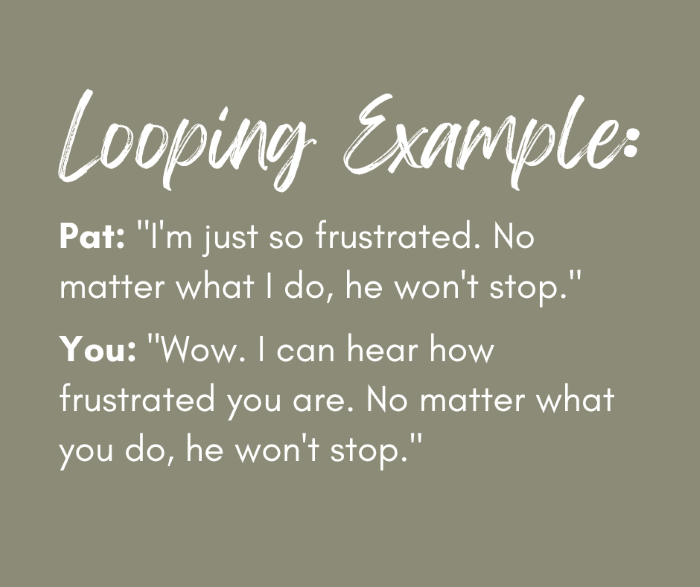
Clarification
Seeking clarification shows the other person you are listening, and ensures you understand what they’re saying.
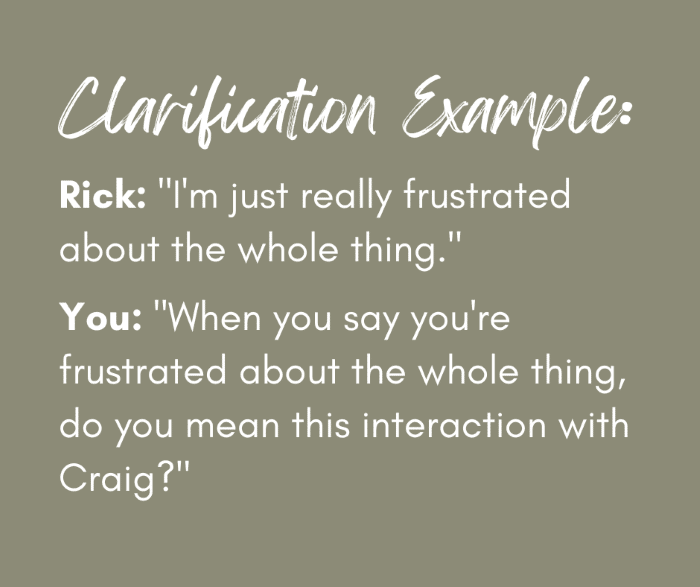
Ask open-ended questions
Typically, open-ended questions begin with what, where, when, and why and are a great way to kick-start a conversation if the speaker peters out or, conversely, get it back on track if they are heading off on a tangent.
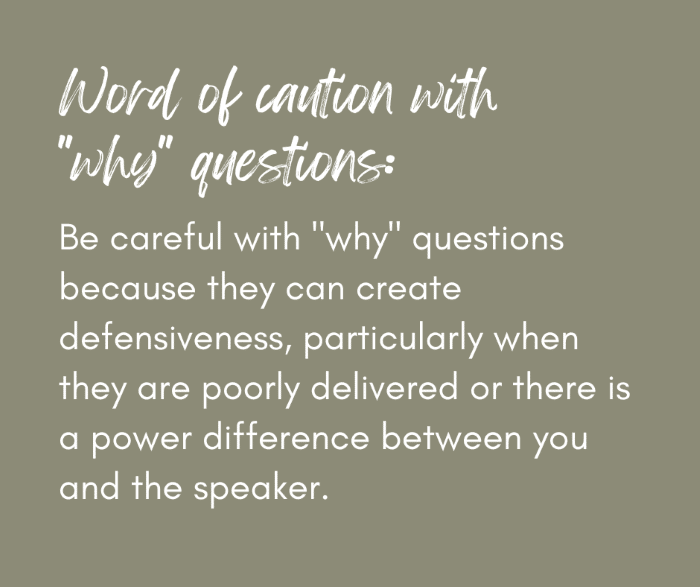
If they’re triggered, you will notice they either become emphatic, and the conversation will become less productive, or they will shut down and stop talking altogether.
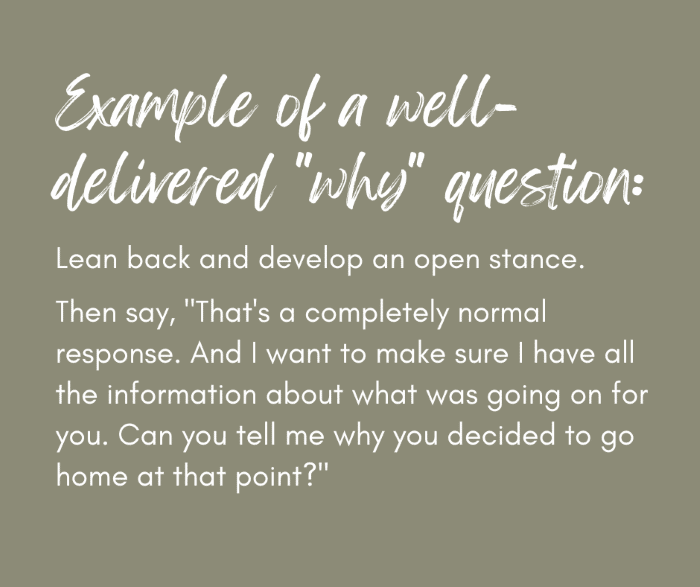
Read the demeanor of the speaker
Be mindful that when someone shares a story of trauma, it can be re-traumatizing—back off if it appears that responding to questions is difficult and allow a break if needed.
Body language
Keep body language loose and calm, maintaining an open stance while facing the other person. Be careful not to look down, out the window, or at their hands.
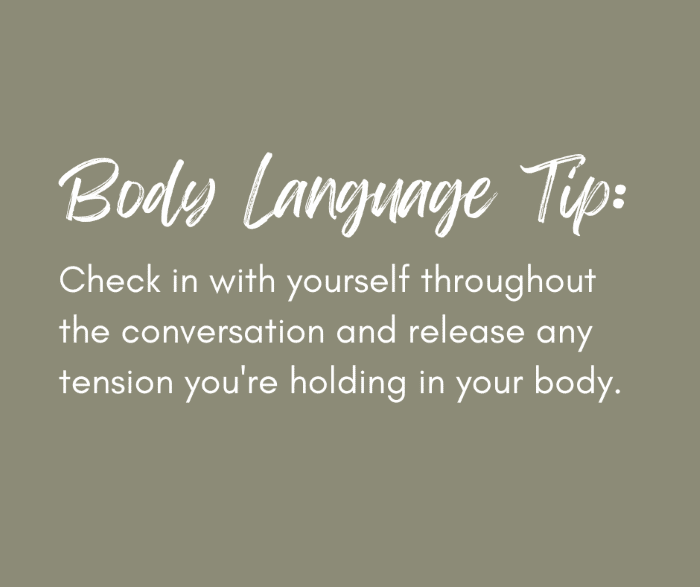
Want more?
Check out the rest of our blog, and follow us on social media. You can find us on LinkedIn at Youth Dynamics of Montana, Instagram at youthdynamicsmt, and Facebook at Youth Dynamics of Montana & People of Youth Dynamics.





